The big disadvantage of having long summer holidays is that much of the school year covers autumn and winter when its wet, windy and cold. When it comes to break times and lunchtimes, bad weather can bring misery to staff and students. However, while we cannot control the seasons, there are things that schools can do make their playgrounds winter friendly. Here we’ll look at the issues and offer some useful solutions.
The problem with winter
Provide them with shelter
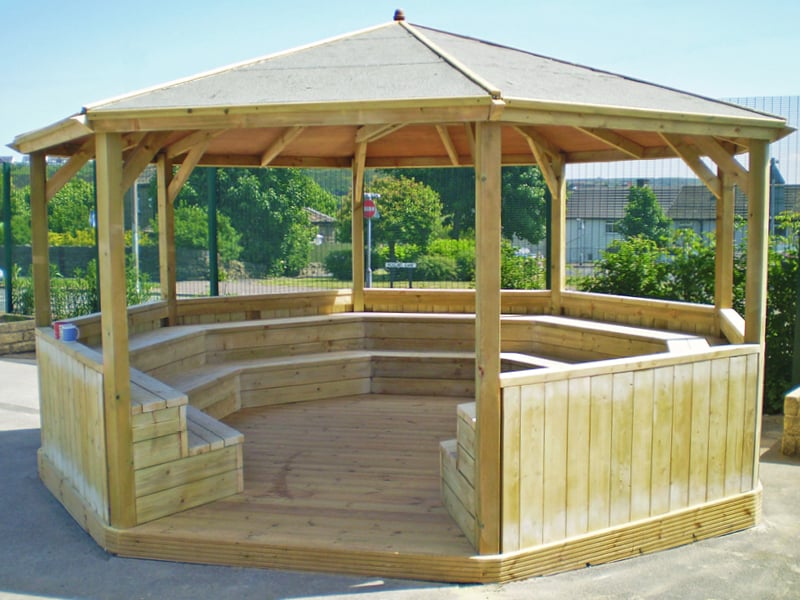
Providing pupils with protection from the rain and the worst of the wind can help reduce the number of days you need to keep them indoors and help make them more comfortable while they are outside.
You are not going to need shelter for every child as there are always going to be those who’ll be happy playing out regardless of whether it’s a heatwave or a force nine gale. However, for those who spend their winter breaktimes wandering along corridors, hiding in doorways or loitering by the toilets, a covered shelter can be a game changer. A great example is our octagonal shelter with solid sides, decking and seating. While it still gives exposure to the fresh air, it keeps the rain off and provides some protection from the cold and wind while giving children somewhere to sit, chat and even move about.
Other alternatives include shaded pergolas with seating and planters, pitched-roofed shelters, sail shade shelters and play huts.
Generate warmth

Keeping things clean

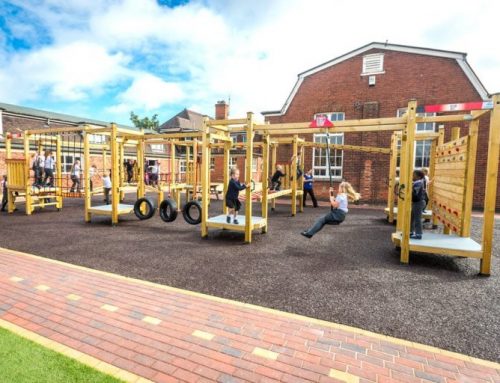
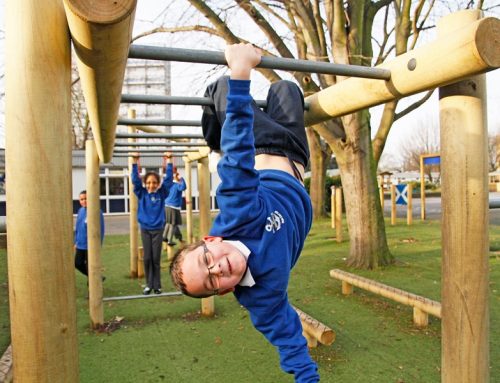
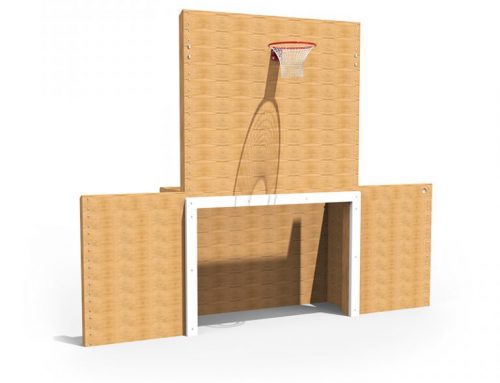

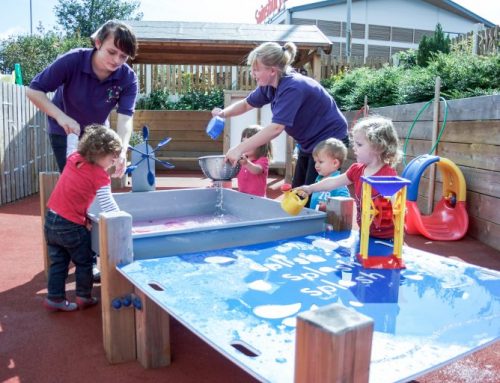
Leave A Comment